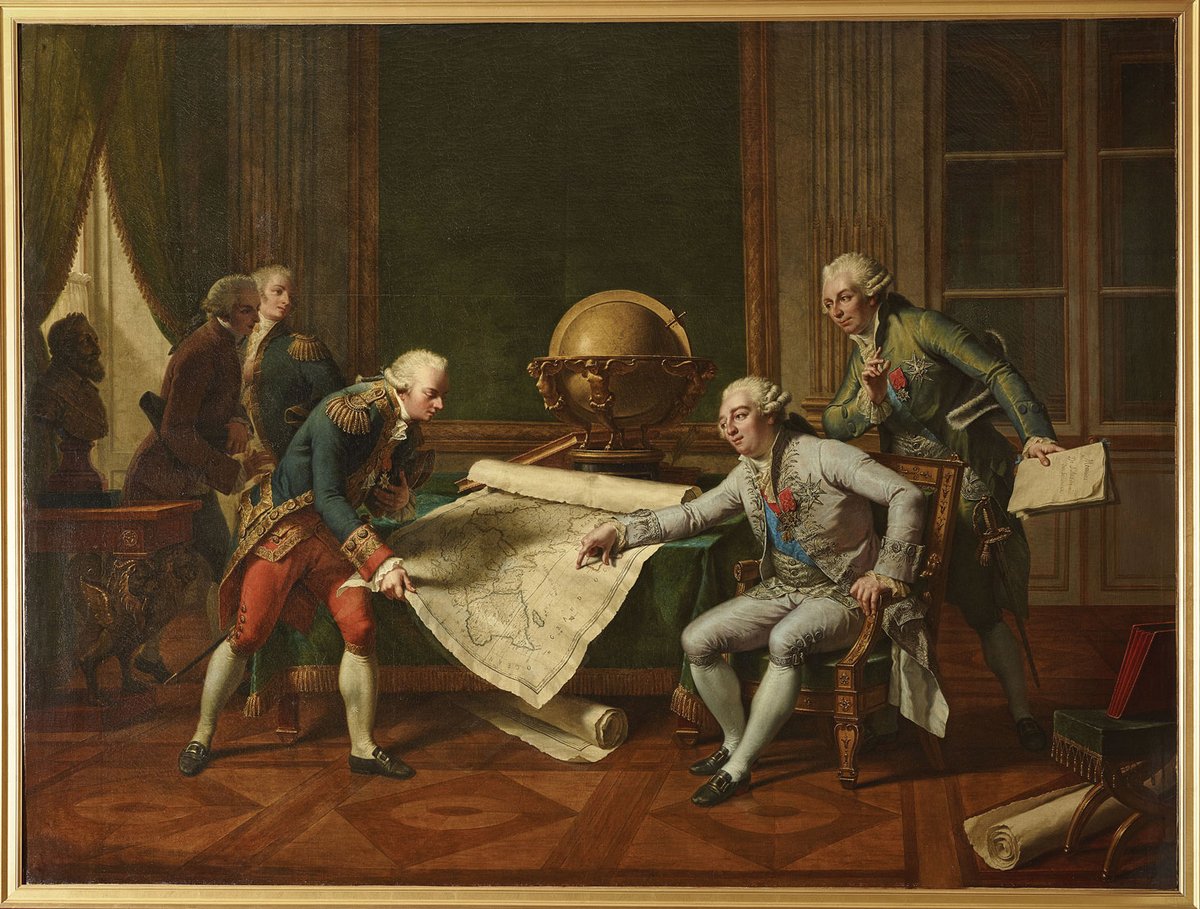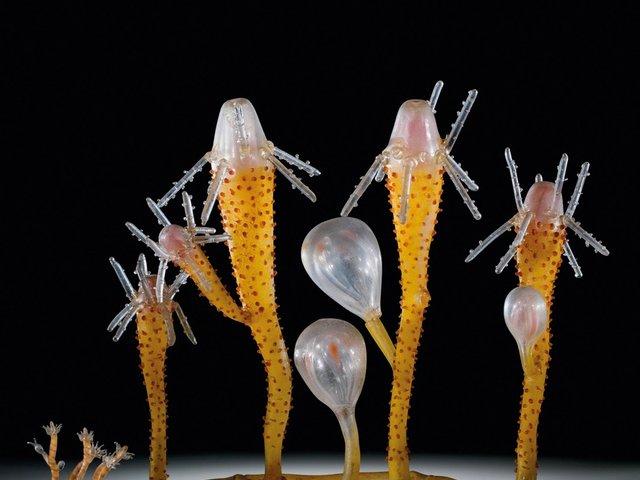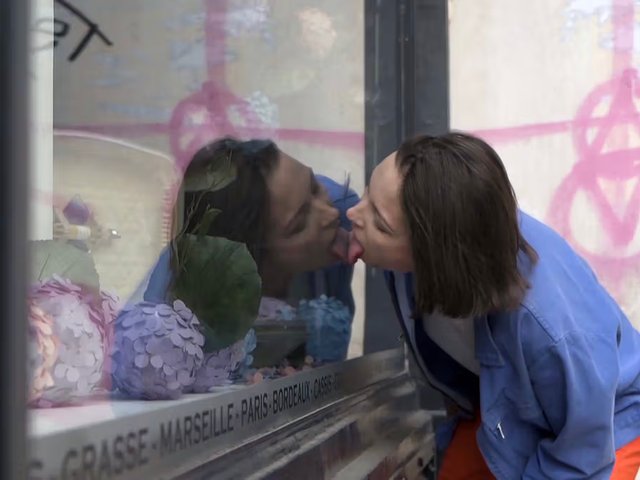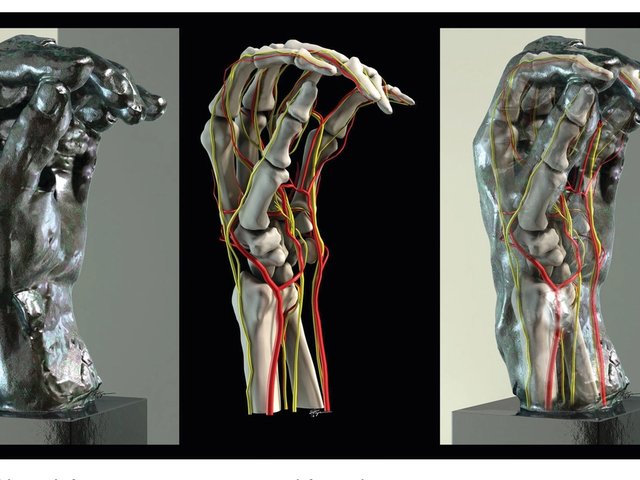Versailles: Science and Splendour at London’s Science Museum aims to highlight the French royal palace’s position as the crucible for scientific and intellectual innovation in the 17th and 18th centuries, under the patronage of Louis XIV and XV.
The exhibition—a reworked version of a 2010 show at Versailles—is designed to illuminate a momentous “scientific shift”, says the associate curator Matthew Howles. “In this period you see an increasing emphasis on the importance of observation; experiments that can be repeated to demonstrate their accuracy and reliability; and the development of more precise instruments to measure those scientific discoveries.”
Much of this activity appears to have been a result of royal prestige and enthusiasms. The palace contained Louis XIV’s menagerie of exotic animals, the first modern-style zoo, which became a centre for zoological study. The Muséum National d’Histoire Naturelle in Paris has loaned the remains of one of its most celebrated inmates, an Indian rhinoceros given to Louis XV in 1770 by the French governor of Chandannagar in West Bengal.
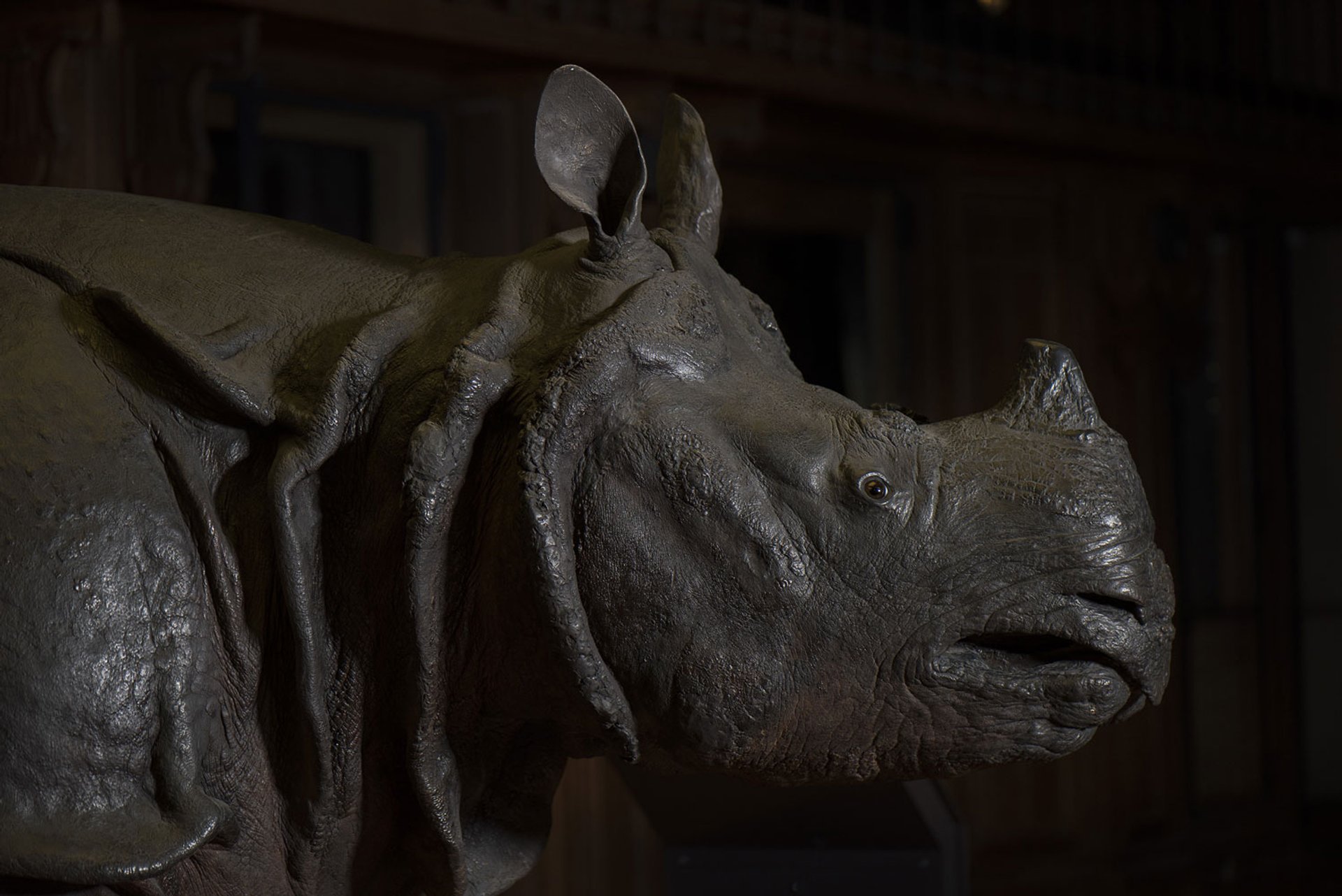
Louis XV's rhinoceros © MNHN - Agnès Iatzoura
Another technical innovation was the Marly machine, a pumping system built to supply Louis XIV’s elaborate fountains with water from the Seine river.
“There’s a two-fold phenomenon going on,” Howles says. “You’ve got these things like the menagerie and the fountains that are in themselves demonstrations of the monarchy’s power and prestige, but at the same time it gives scientists this great resource. With the menagerie, scientists from the academy could study these creatures while they were alive and dissect them after they’re dead and end up with much more detailed studies of animal anatomy.”
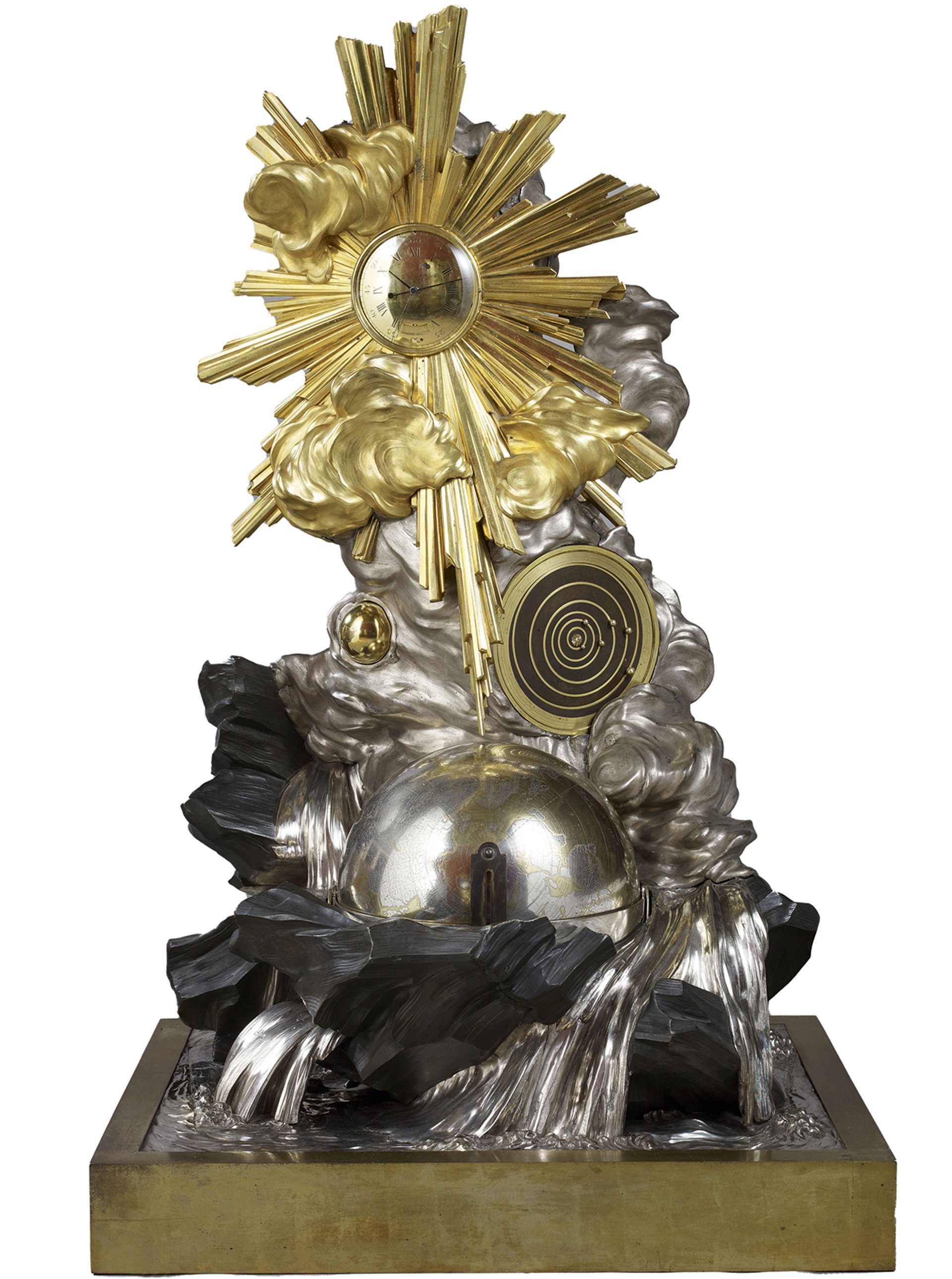
Technical sophistication: the Clock of the Creation of the World © Musée du Louvre; Dist. RMN-Grand Palais © Thierry Ollivier
The show is filled with beautifully designed objects including the amazingly intricate Clock of the Creation of the World, and an “eclipsarium” built by the royal clockmaker Isaac Thuret. It is perhaps an unusual show for the Science Museum, with exhibits that could just as easily be at the Victoria and Albert Museum or British Museum. “We do talk about the opulence and grandeur of some of the objects... but we also try to explain the actual science that’s going on behind these things: how they work, what they show, and what was significant about them,” Howles says. He is particularly enthusiastic about the Clock of the Creation of the World, with its mechanical representation of the solar system. “It looks absolutely astonishing in the detail of the bronze work and the gilding, and its technical sophistication is very obviously impressive.” It was a gift for an Indian nawab at a time when France and Britain were competing for influence in the subcontinent. “It’s a really interesting story about science in the service of diplomacy and colonial interests as well,” Howles says.
He adds that they have worked with the palace to update the show, including more “colonial perspective[s] and bring[ing] out more stories about women in science” too.
• Versailles: Science and Splendour, Science Museum, London, 12 December-21 April 2025


